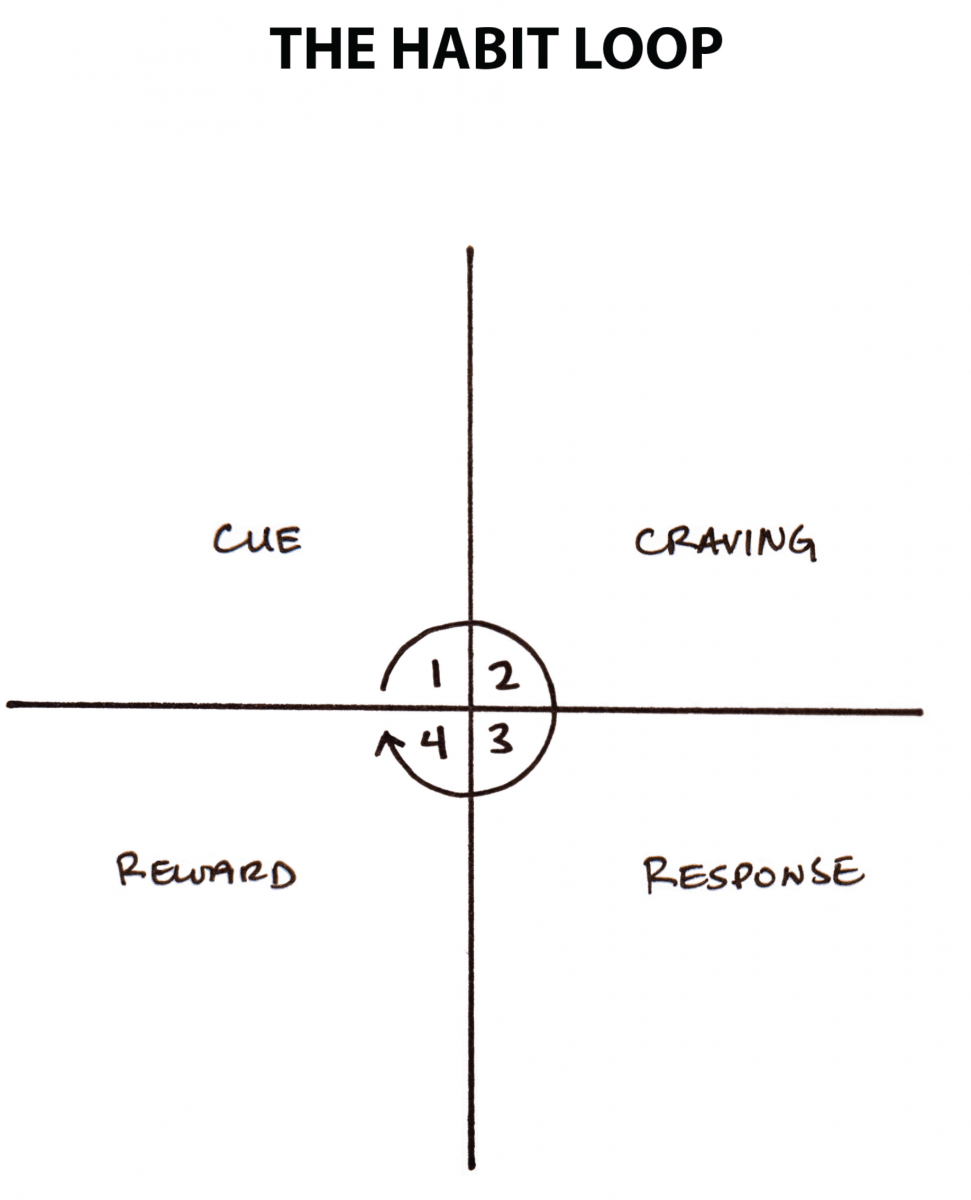Get 1% Better Every Day.
A book by James Clear
The more task you automate the more you free your mind to focus on more creative work.
Forget about goals focus on building systems.
Goals are important for direction while systems are best for finding progress.
Solve your system problems, not your goals.
Problems when you focus only on Goals:
- Winners and losers have goals.
- Achieving the goal is momentary (clean your room).
- Goals restrict your happiness.
Problem with changing habits:
- We try to change the wrong thing.
- We try to change our habits in the wrong way.
Level of behavior change (Types of Habits)
- Habits for outcome change
- Habit for process change
- Habits for identity change
The best way to build a habit is to focus on Identity Change.
Behavior change starts with awareness
Change your beliefs to change your behavior.
Your identity is your repetitive habits.
What stops us from changing habits is our self-image to maintain multiple identities.
Small changes give us the confidence to keep going.
The habit is behavior repeated enough times to become automatic and requires no effort.
The four laws of building better habits:

- Cue: the triggers in your brain to initiate a behavior. It is a bit of information that predicts a reward.
- Craving: is the motivational force behind every habit. Without motivation or desire, we have no reason to act without craving a change.
- Response: is the actual habit you perform, which can take the form of a thought or an action.
- Reward: is the end goal of every habit.
The cue is about noticing the reward. The craving is about wanting the reward. The response is about obtaining the reward.
Implementation Intentions
It is a self-regulatory strategy in the form of an "if-then plan" that can lead to better goal attainment and help in habit and behavior modification.
Make it concrete and connect it to when and where, This will help you say no to other things.
Habit Stacking
is to identify a current habit you already do each day and then stack your new behavior on top.
The environment around you is as important as the motivation even more.
The relationship of the environment around us determines how we deal with habits.
If you watch TV too much, move the TV outside of the room. Make your relationship with the couch for reading not for watching TV.
Family and friends are important factors in our habits.
We Imitate habits from 3 social groups.
- The People Close to Us
- The Many & Group
- The Powerful & Influencers
Avoid perfectionism. Build your habit with Quantity, not Quality.
Don't ask
How much time you need to have a habit?
Rather ask... How many repetitions do you need to make it automatic?
Human behavior follow the law of least effort.
The 2 Minutes Rule: When you start a habit, it shouldn't take you more than 2 min.
Gateway Habits & Decision Moments: these are small routines determining what you will do for the next few minutes or hours. Putting on your workout clothing immediately after waking up, stopping at the gym after dropping your kids off at school, or going to the gym when your phone reminder goes off, are good examples of routines that will determine how consistently you train.
Standardize your habits before Optimizing them!
Commitment Devices are decisions you make with a ’cool head’ [right now] to bind yourself so that you don’t do something regrettable when you have a ‘hot head’ [in the future].” — Daniel Goldstein
- Set a timer to stop the TV every day at 10.
- Buy smaller lunch boxes to eat less.
Bad Habits give quick rewards. Good Habits offer long-term rewards.
The Benefits of Habit Tracking:
- It increases your chance to maintain it and keeps you honest with yourself.
- It is attractive not to lose your progress.
- It is satisfying as you complete something or mark it done.
Focus on the System, not the Result.
Tips:
- Make tracking automated—track manual for only the most important ones.
- Never miss twice... Rule to keep going. Repeated mistakes are the problem.
- Be careful of measuring the wrong habits.
- Making progress is the most satisfying.
- Use the habit that suits you, not the one that everyone does.
- The better we understand ourselves, the better we can design and strategically work on them.
- Luck is an essential factor in your habit-building process.
TIL (Today I learned)
The big five frameworks for personality
The five broad personality traits described by the theory are extraversion, agreeableness, openness, conscientiousness, and neuroticism. [Source]
The goldy luck rule: Humans experience peak motivation when working on tasks that are right on the edge of their current abilities.
To keep motivated, work on manageable tasks
Flow state "The experience of being in the zone.": Any task must be 4% of current abilities (If hard to measure, use your gut feeling). This is also called
Good Players play hard to beat everyone. Great Players create their games where they focus on their strengths and avoid their weaknesses.
The great problem is boredom to keep your habit, No habit will stay interesting forever
Dealing with boredom is a key to keeping the progress of your habit.
Mastery = Automatic Habits + Deliberate Practices
The Automic Habits Cheat Sheets
Make it Obvious. How?
- Fill out the habit card with all the habits you do every day.
- Use implementation intention ("if-then plan").
- Use habit stacking.
- Design your environment.
How to deal with negative Habits (Reverse)
- Reduce exposure to negative habits (Hide them)
Make it Attractive. How?
- Use temptation bundling
- Join a culture where your desired behavior is the expected behavior
- Create a motivational ritual
How to deal with negative Habits (Reverse)
- Reframe you mindset
Make it Easy. How?
- Reduce friction
- Prime the environment
- Master the decisive moment
- Use the 2 minutes rule
- Automate your habit
How to deal with negative Habits (Reverse)
- Increase friction
- Use commitments device
Make it Satisfying. How?
- Use reinforcement
- Make it enjoyable
- Use habit tracker
- Never miss twice
How to deal with negative Habits (Reverse)
- Get an accountability partner
- Create a habit contract
